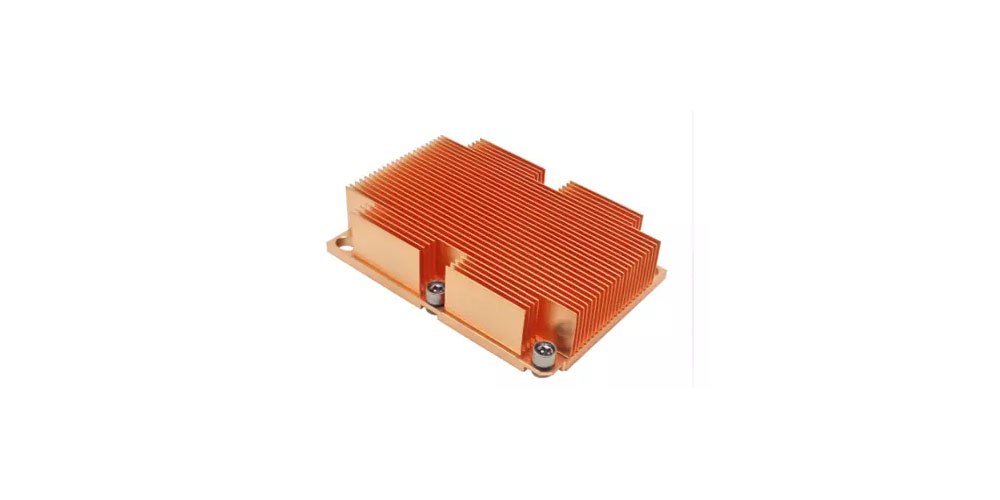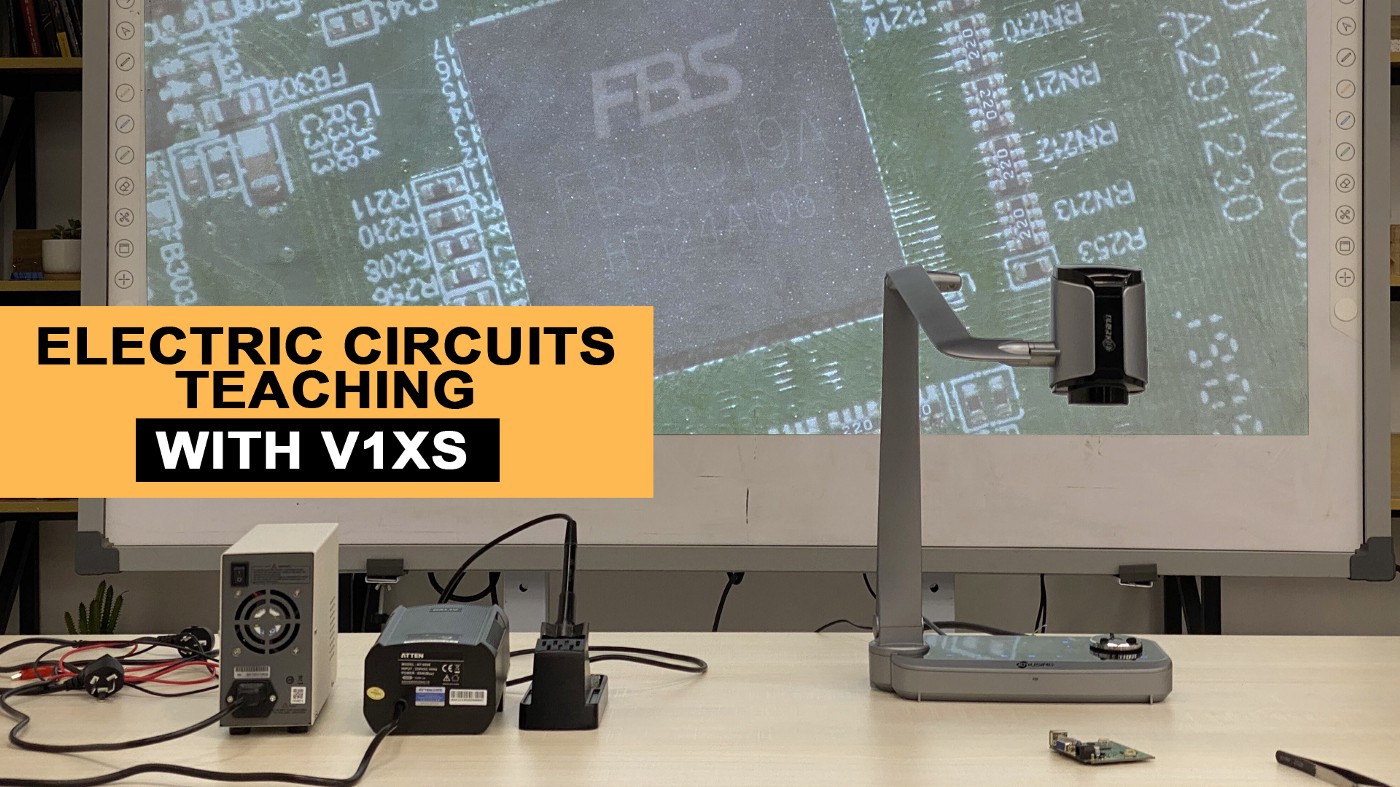The heat sinks are available in different shapes, sizes, and materials. They also vary depending upon the manufacturing process and materials they are made from. Every specific heat sink has its own characteristics and properties. So the selection will have an effect on the working and efficiency of the electric component/ device.
If you are looking for a heat sink then you should know all of your available options such as aluminum heat sink, passive heat sink, active heat sink, etc. Besides this, you can get a custom heat sink where all the specifications are designed according to your demand. You can read the given article to learn more about the types of heat sinks.
Purpose Of A Heat Sink
Most electronic devices like the CPU of a computer are prone to too much heating and there are components in it that produce heat. That heat must be removed from the system otherwise it will cause serious damage. So there must be a heat sink in the devices otherwise heat that remains inside the system can burn it.
Especially in the case of electrical components where the chips are installed, heat sinks are a must, because the electronic chips can absorb the heat very easily and they can be damaged in a short time if they are facing a lot of heat. Which will indirectly affect the functionality of the computers.
Heat sinks are also critical for devices that run for a long period of time. If a good heat sink is present then there is no need to worry about the overheating of the device as the heat will remove away from the component continuously.
Main Types Of Heat Sink
There are different types of heat sinks but all work for the same function to perform. You can get custom heat sinks also such as a custom aluminum heat sink or a custom copper heat sink. Although you can divide heat sinks into different categories based on the type of material, the shape, or the manufacturing way. But there are three main types of heat sinks that are described below:
Passive Type Of Heat Sinks
Passive heat sinks involve the natural convection way of transferring heat. Airflow is generated around it by the floating ability of hot air so any type of control system is not involved in the heat removal process.
These sinks are not very effective in removing heat especially compared to active heat sinks but they are the most common type of heat sinks.
Active Type Of Heat Sinks
In the case of active heat sink air is forcefully generated commonly by using a fan, a blower, or movement of the object for increasing the airflow across the hot area. You can understand it like there is a fan in your computer that will start working if your computer is overheating.
The fan will force the air around the heatsink which will let unheated airflow around the surface of the heat sink. Now the thermal gradient will increase so the efficiency of removing the heat from the system is also increased.
Hybrid Type of Heat Sinks
As the name is describing, hybrid types contain properties of both active and passive. They are not very common but they are used in control systems where cooling is required on the basis of demand for temperature.
When the source is working at the cooler level the system to create forced air is inactive and the passive cooling system is only working but when the source crosses a specific limit or produces a higher temperature the active type of system will starts to increase the overall cooling capacity of the heat sink.
Summary
There are different heat sinks available in the market according to the system on the basis of which they work. There are passive heat sinks, active heat sinks, and hybrid heat sinks. The above article describes all three types of heat sinks in comparison to each other.









